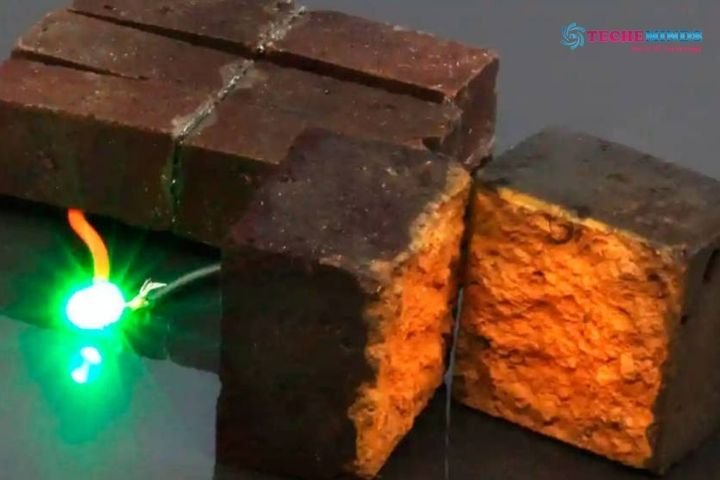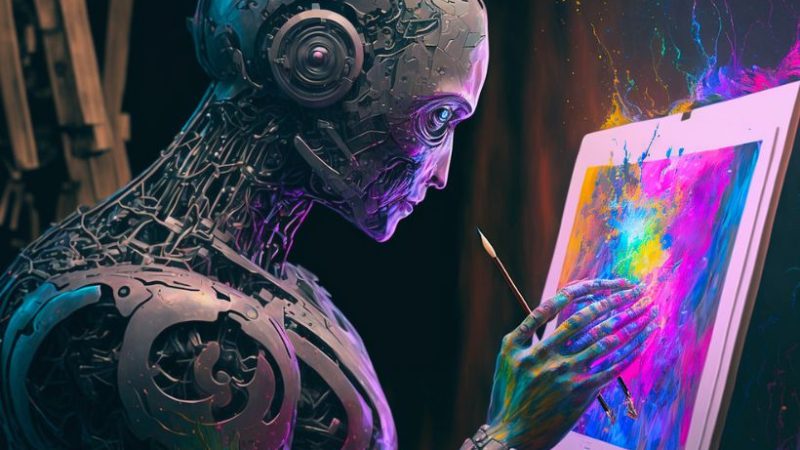Bricks That Become Batteries- Nano Technology In Construction

Brick, the most modest component of construction, could turn into something very different in the not too distant future. A group of researchers has created a technology that could turn the humble brick into a kind of power plant: it involves filling its pores with nano fibers of conductive plastic so that it can store a certain charge as if it were a battery.
The research, published in the journal Nature Communications, reveals that the goal is to turn those blocks into supercapacitors, which charge and discharge much faster than batteries. The reason is that they store electricity as a static charge in solids, rather than through chemical reactions; But the problem is that, until now, they can barely contain a minimum charge of energy.
Julio D’Arcy, a researcher at the University of Washington in St Louis, has explained to The Guardian that “a solar cell on the roof of a house has to store electricity somewhere and we normally use batteries. What we have done is offer a new option, we have given something to talk about, but we have not yet achieved the final goal.
The Way To The Future
Increasing the energy density of super capacitors is one of the great challenges for scientists, as it is crucial to face the climate crisis by storing renewable energy. If it were possible to increase the capacity of those nano fibers that would be placed in the pores of the bricks, they would become a great alternative to current lithium-ion batteries and, in addition, they would do so at a ‘low cost’ price.
However, this will still require more research: the energy density of the first smart bricks is only 1% of that of lithium-ion batteries. According to D’Arcy, this can be multiplied by ten by adding various materials such as metal oxides, in such a way that more charge is stored in the brick. And, if achieved, these bricks would enter fully into the world of commercial construction.
But if the energy density now offered by lithium-ion batteries were to be matched, it would be a historic milestone. For Julio D’Arcy, “if so, this technology is much cheaper than lithium-ion batteries. It would be a different world and you would never hear the words lithium-ion battery again.”
Super capacitors can be charged many more times than batteries: they could have more than 10,000 cycles before being reduced in capacity
Also optimistic is Dan Brett, Professor of Electrochemical Engineering at University College London: “Heat has been, until now, the main area of interest when considering energy storage within the structure of buildings. This study shows that it also there is the possibility of storing electrical energy. The performance is well below custom-made super capacitors, but the principle is proven and there is significant room for improvement. “
The Blue Brick
During the research, the scientists prototyped the smart bricks on a small scale using chemical vapors to react with the red iron oxides in the bricks. Later, a network of plastic nanofibers was formed with a special plastic called Pedot, which is a great conductor of electricity. All these reactions caused the bricks to leave their traditional reddish color and turn dark blue.
One of the problems this technology can have is that the reactions used to create the energy bricks can have a slight weakening effect on structural properties. However, for Julio D’Arcy it is not a problem, since bricks are used today more commonly as decorative facades and not as load-bearing walls.
Also, the load that a brick stores would not be capable of producing a shock on its own, although a whole wall of connected bricks would. Therefore, you would need to use an insulating coating, something that the researchers have solved using epoxy resin, which not only insulates them to avoid discharges, but also allows the bricks to work under water.
Also Read : The Robots Involving Our Walkways




